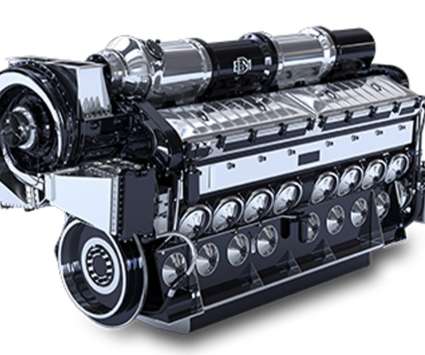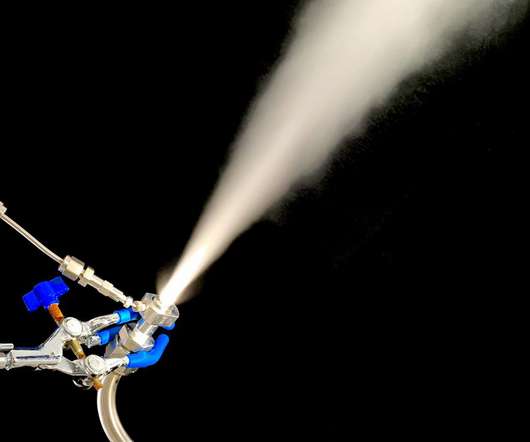Argonne researcher using hydrous ethanol as a dual fuel to lighten the carbon footprint of locomotives
Green Car Congress
APRIL 7, 2022
The first is the Vehicle Technologies Office (VTO), which aims to advance combustion engine technology and simultaneously reduce criteria emissions, such as carbon monoxide, nitrogen oxides and ozone.























Let's personalize your content